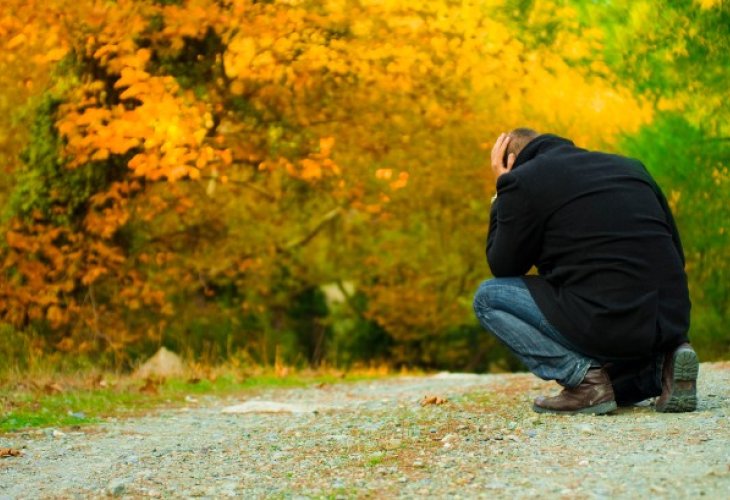Depression and Anxiety
How to Overcome Panic Attacks and Anxiety Naturally
Proven Breathing Techniques, Mental Tools, and Daily Practices to Regain Calm and Take Back Control from Anxiety
 How do you handle this anxiety? (Illustration: shutterstock)
How do you handle this anxiety? (Illustration: shutterstock)I will never forget my first panic attack. It happened late at night after an unpleasant and unusual family event. I hadn’t yet recovered from the drama that had just unfolded when I felt a tightness creeping up my throat. A sense of distress overwhelmed me. My brain, sensing the danger, automatically ordered an excessive influx of oxygen through my windpipe, which felt like it was narrowing. My body, as in any emergency, entered high alert mode while I felt as though something huge and terrifying was about to happen.
In those moments, alone, I was sure that within seconds my soul would leave my body, which would lie lifeless. I was terrified and confused.
I found myself crying out to G-d to save me, to show me mercy. I promised to try harder, pleading that He not judge me by my deeds but by His abundant grace and mercy. I didn’t know what the next moment would bring, or if I’d even live to see it. This was without a doubt the most terrifying and threatening experience I have ever had.
As you’ve probably guessed, I survived. Since that episode and the ones that followed, I’ve learned a thing or two (perhaps more) about anxiety.
Statistics show that a large portion of the population today suffers from various forms of anxiety, which often goes hand-in-hand with depression.
Following are some important things to know about anxiety:
No one has ever died from anxiety!
During an anxiety attack, the body floods itself with oxygen in preparation for danger, creating an imbalance between oxygen and carbon dioxide. This leads to dizziness, a racing heart, nausea, stomach pain, choking sensations, panic, and the overwhelming feeling of “I’m about to die.” Medical research confirms that no one has ever died from a panic attack. Statistically, there’s no reason we should be the first- it’s simply not likely.
Most of our fears are about things that have never happened- or happened only once.
In many cases, it’s not reality but the fear of fear that brings on the symptoms of anxiety. We mentally “invite” the attack by catastrophizing about something that isn’t actually happening.
It’s all in your head.
Our brain can’t tell the difference between imagination and reality. Our thoughts and fears create an emergency response in the body. Anxiety can be managed with the right tools and consistent practice.
What can you do?
Breathing exercises – One major reason our bodies go out of balance is the disproportionate influx of oxygen during an attack. The panic and fear prevent healthy airflow. Practicing breathing techniques before panic sets in helps us use them more effectively during an episode. Try to practice several times a day.
Deep breathing – To lower your anxiety threshold, fill your lungs and abdomen with air, hold for a moment, then release slowly. Repeat several times until your body relaxes.
Rhythmic breathing – During an actual attack, focus on the exhale. This balances oxygen and carbon dioxide. The technique is similar to how women breathe during labor contractions- slow and intentional exhalation.
Hot baths and calming music, along with deep breathing, can reduce stress and prevent or ease the onset of a panic attack.
Your brain can’t hold two thoughts at once. The key is to catch intrusive thoughts early and replace them with conscious, intentional thinking. A “conscious thought” is one you choose to think- unlike automatic thoughts that pop up and drag you into anxiety.
Practice makes progress – Choose fixed times during the day to pause and examine your recent thoughts. Set reminders to help you remember. Write down what you were thinking and how you were feeling. Revisit those notes later to reflect.
Knowledge is power – Becoming familiar with your thought patterns gives you back control.
CBT (Cognitive Behavioral Therapy) is a well-known, evidence-based method for treating anxiety in its various forms. Make sure to work with a certified and recommended professional if you choose this path.
Hagit Amayev is a family counselor and psychotherapist.

